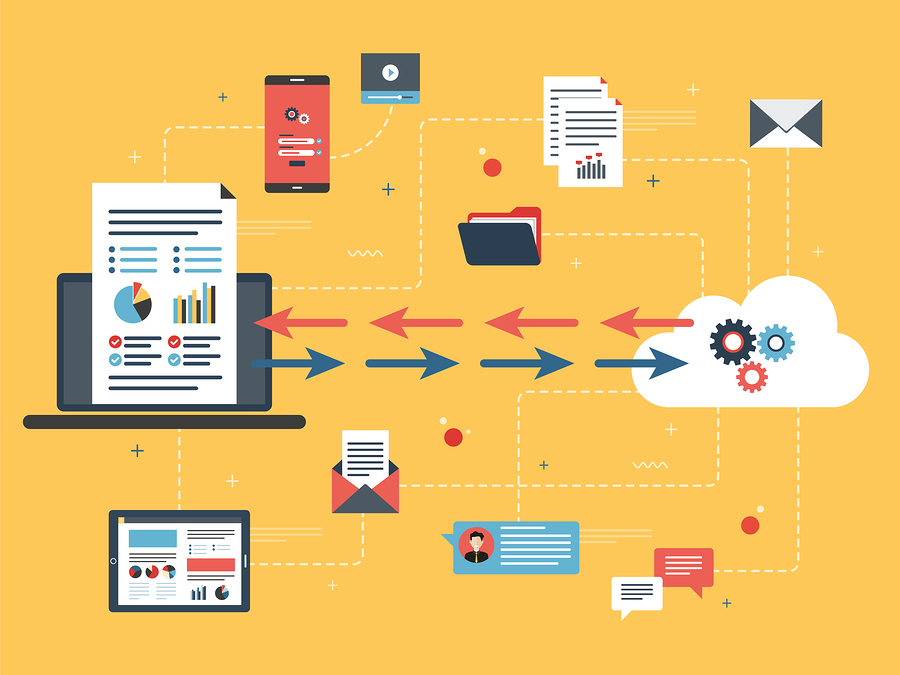Australian businesses receive a wealth of data from their customers through a variety of different communications channels, and all too often this data is either maintained poorly or it is not captured correctly in the first place.
Businesses need to use their data correctly to help create communicate and engage with their customers better in order to a create a more meaningful relationship and provide greater brand recognition.
Being smart with your data begins from the first point of contact with your customer as they provide you with their details, but there are a number of key steps you need to take after this one to ensure you are getting the most from your data.
1. What is useful data?
Identifying what type of data is useful to your business depends on the goals and objectives you have set. Identifying who your key stakeholders and target market are will give you an indication about what type of information they are likely to supply. As a guide, it is recommended to obtain at least their full name, address, preferred contact email and mailing address.
2. Capturing relevant data
The success of a campaign can live or die by the data being used. If you are able to offer your customers an option to sign-up or lodge an inquiry about what you are offering through social media, this will open you up to a significant amount of useful data that is often very hard to capture.
3. Sorting through data
Once you have identified your “must capture” data, it’s important to create a system to sort through and maintain your data to ensure its integrity is upheld. The purpose of data cleaning is to ensure you are delivering pieces of communication to the correct target audience to ultimately result in a return on investment (ROI).
4. Making sense of your data
Once you have all of the data you need and it has been sorted, you need to be able to analyse and understand the story it is telling you. A good starting point to analyse your data is to overlay the data you have captured with that of your target audience. Through this, you should be able to identify any similarities or opportunities with both sets of information.
Data is definitely overwhelming; but it makes good business sense to take advantage of all the benefits and possibilities it offers. Specialists in data solutions are able to analyse your data and determine the best methods and channels of communicating with your stakeholders, and can also combat certain data by analysing records that aren’t delivered, catching the correct data and delivering it back to the correct address. The experts’ job is to make data capturing, sorting and analysing simple, reduce the costs spent, and provide you with the opportunity to actually reach your target audience.
Customers are continually providing and businesses need to start using it effectively. Streamlining a process to identify, capture and sort through data is critical, especially for digital, print and mail communication campaigns. If you haven’t yet begun to effectively use your data in your marketing strategies, start integrating it into campaigns where you know who your target audience is and what it is you want them to do.
Colin Fraser, General Manager, Colourwise










